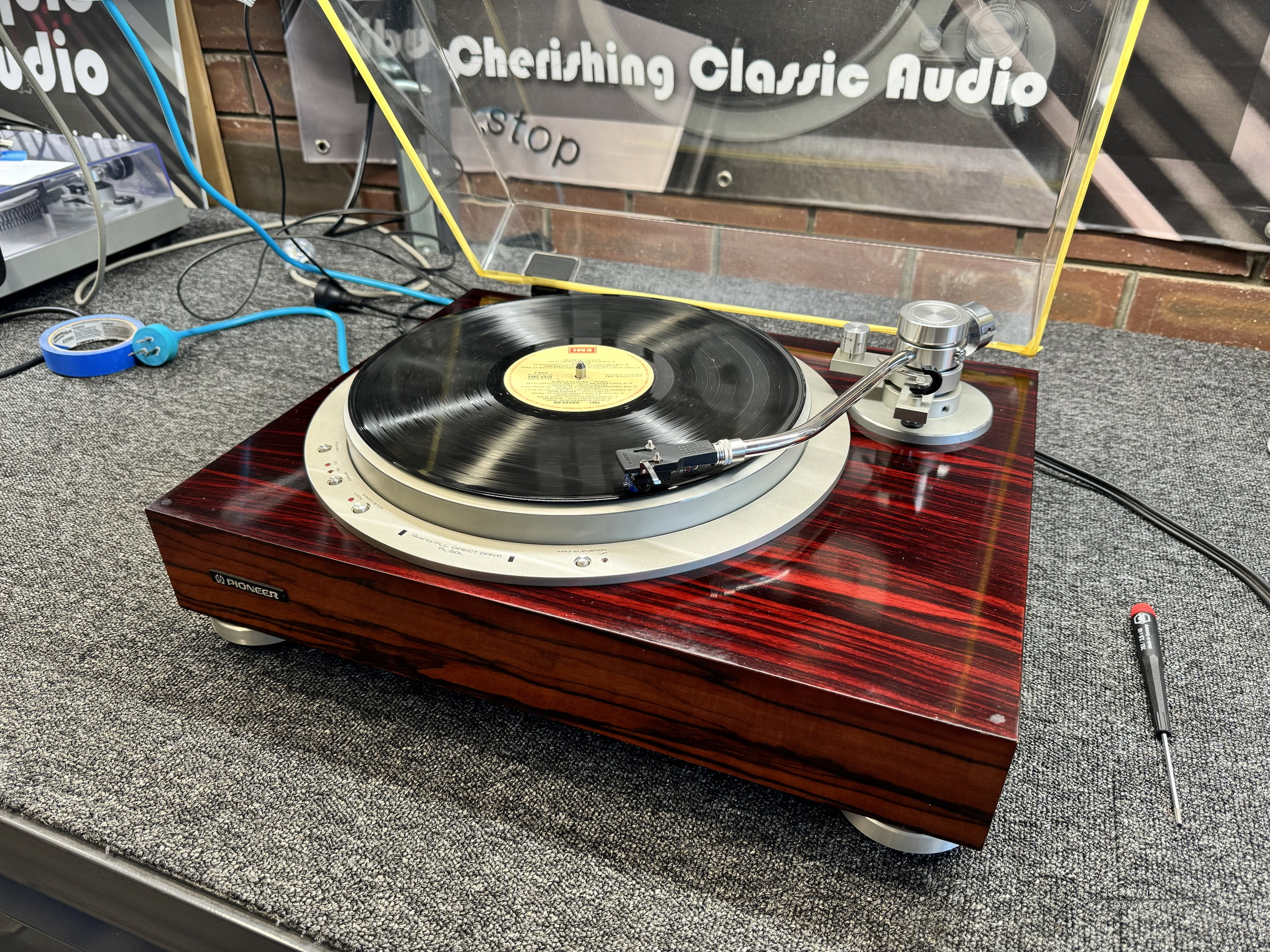I’d be happy to, but I hope you read this before needing my help!
If you are here because your equipment has failed, though, we will first need to establish what damage has been done. Careful inspection will reveal the answers.
Know Your Voltage
Different regions use different AC or mains supply voltages. For example, Japan uses 100V, the USA uses 110/120V, and Europe and Asia use 220V, 230V or 240V, depending on the region. Anything other than 230V or 240V presents a problem for people living in Australia, where we have a 240/250V supply.
Higher voltage AC supplies are better from a technical perspective; more on that another time. BUT – If you plug a piece of electronic equipment set to run on 100V or 120V into a 240V socket here in Australia, IT WILL FAIL, unless a fuse saves it first, which is a one percenter.
Electronic equipment doesn’t “automatically adjust”, as one enquirer who blew up his newly acquired equipment tried to convince me. Why he was trying to convince me of anything is a funny story in itself. Perhaps he was thinking of equipment with switching power supplies or SMPS, like phone chargers or USB power supplies.
The Problem
Transformers ‘transform’ or convert AC voltages proportional to the ratio of turns on their primary and secondary sides. Equipment set to run on 120VAC might contain a transformer that steps this down to 35VAC, which will be around 50VDC when rectified. When that transformer is fed 240V, double the input voltage equals double the output voltage. The internal 50VDC supply is now a 100VDC supply, which isn’t good if it needs to be a 50V supply!
100V will kill electrical components that were rated for 50V. Fast-acting fuses might save the day, but in most cases, the damage is more substantial, even terminal. It depends on the circuit and, to some extent, luck.
My 2024 repair of a gorgeous Pioneer PL-50L turntable is an example of a 100V Japanese turntable that died when plugged into a 240V outlet. There were no internal fuses here, and repair would not have been possible in the wrong hands.

Configurability
Some hi-fi equipment can be set to run on various line voltages. Reconfiguration may be straightforward via an external adjustment or involve working inside a chassis to reconfigure taps, wires and unmarked jumpers. In some cases, new parts, like circuit breakers of a different rating, will be required. These are special order items.
Some equipment cannot be reconfigured, including lots of Japanese and North American market-only equipment. Over the years, I’ve become familiar with what can and cannot be reconfigured, but there are variations between examples of the same model that mean the answer often cannot be known until the equipment is inspected.
I’ve also seen locally supplied equipment misconfigured. The Mark Levinson ML-7 preamp I repaired and a pair of Accuphase M-60 amplifiers are two examples of gear set to 220V for a 240V environment. Therefore, a simple rule should be applied to all equipment:
Every piece should be checked by someone with the experience and knowledge needed to ensure it is correctly configured for the line voltage in your location.
False Economy
If you think it’s expensive to hire a professional to do the job, wait until you hire an amateur.
Red Adair
We all like to save money, but scrimping on the maintenance of rare/valuable/high-end things like hi-fi equipment is as ill-advised as you already suspect it might be. Nothing is saved by having the wrong person do an important job. An example:
In October 2024, I heard about a fellow with an Accuphase SACD player worth about $30K AUD who ended up with a lovely-looking $30K doorstop because he tried to save money and took it to someone who killed it. In desperation, he went to the forums, compounding his initial mistake with another.
Having equipment professionally inspected pre- or post-purchase is sensible and provides peace of mind that it is safe, clean, adjusted, and serviced. We almost always find things needing attention, so inspections pay for themselves when leveraged into price reductions, refunds, or avoiding the purchase of a bad example of a piece.
TLDR
I receive a steady stream of enquiries from people who’ve killed hi-fi equipment with incorrect line voltage. This failure mode is entirely avoidable by having equipment professionally assessed and configured. If the equipment cannot be reconfigured, a step-down transformer of the correct capacity/rating is required. More specific advice, as always, is available via our advisory service.
Discover more from LiQUiD AUDiO
Subscribe to get the latest posts sent to your email.
